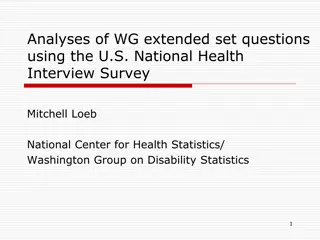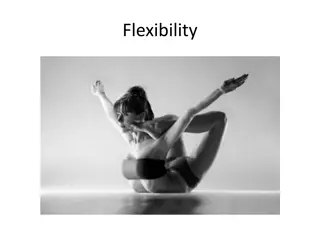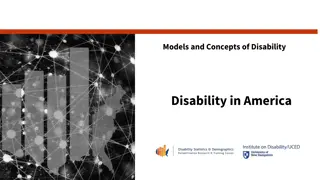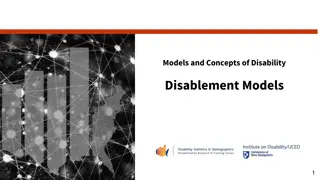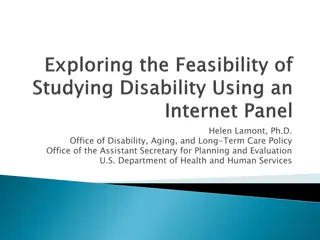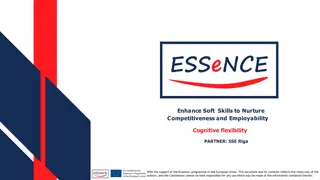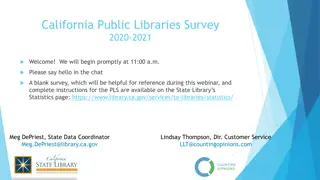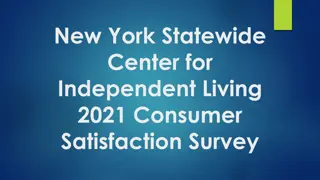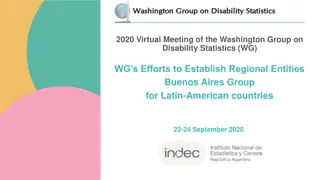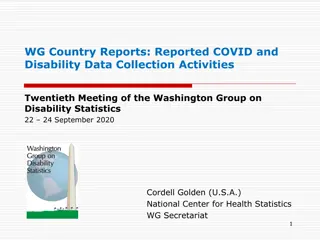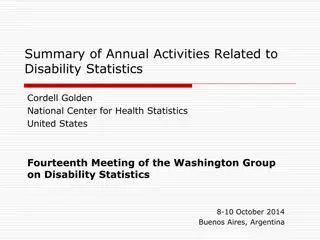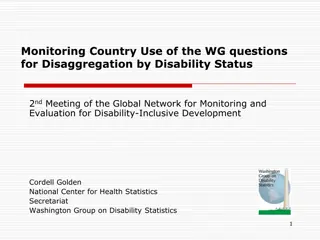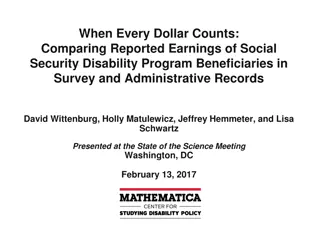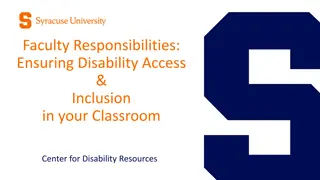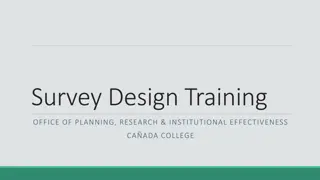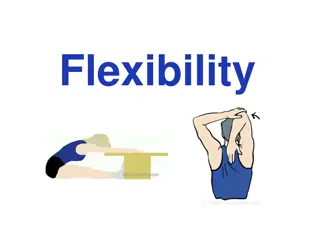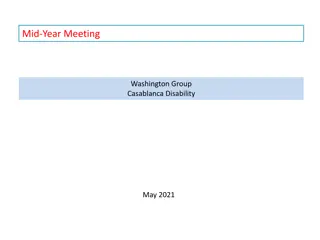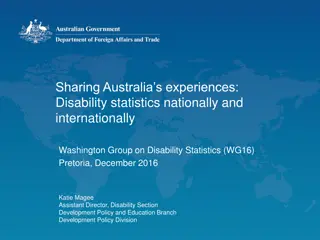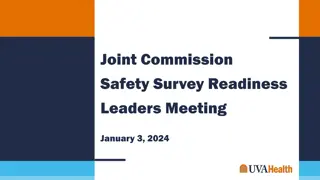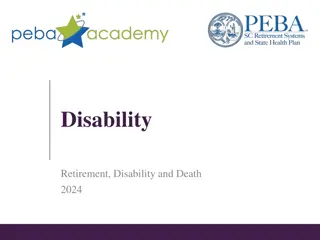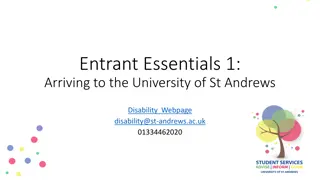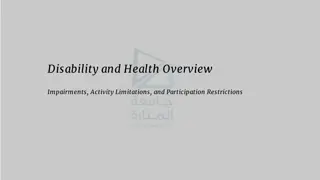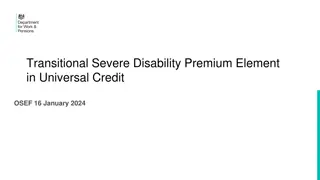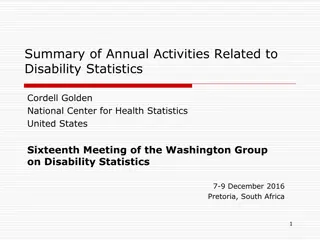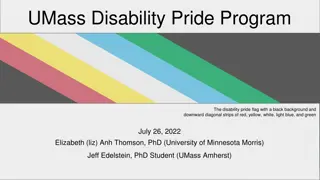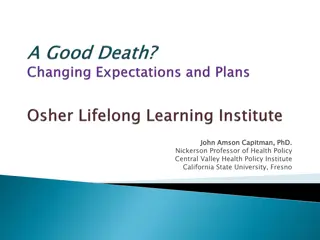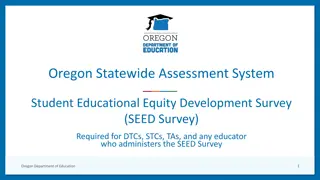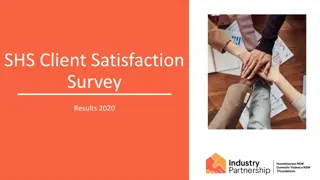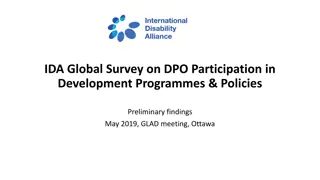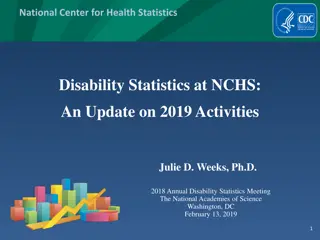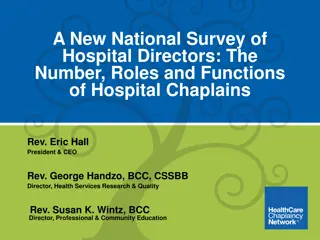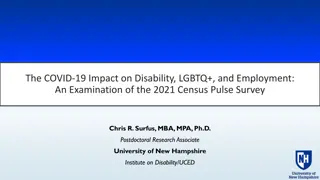Enhancing Survey Design Flexibility for In-Depth Disability Research
Web-based survey instruments offer enhanced flexibility for exploring the experiences of individuals with disabilities, including utilizing skip patterns. Dr. Andrew J. Houtenville discusses the potential of web-based surveys and the motivation behind leveraging the Kessler Foundation National Disability and Employment Survey (KF-NEDS) series. Examples highlight the importance of considering past barriers and effective employer practices to inform strategies for supporting workers with disabilities.
Download Presentation

Please find below an Image/Link to download the presentation.
The content on the website is provided AS IS for your information and personal use only. It may not be sold, licensed, or shared on other websites without obtaining consent from the author. Download presentation by click this link. If you encounter any issues during the download, it is possible that the publisher has removed the file from their server.
E N D
Presentation Transcript
Flexibility of Web-Based Survey Instrument Design (Cool Uses of Skip Patterns) Andrew J. Houtenville, Ph.D. October 6, 2022 University of New Hampshire
Motivation and Purpose of the Presentation The use of web-based (or app- based) survey instruments allows us to: Delve deeper into the experiences of people with disabilities Utilize portions of the sample that may be skipped-patterned over Kessler Foundation National Disability and Employment Survey (KF-NEDS) Series
Kessler Foundation National Disability and Employment Survey (KF-NEDS) Series 2015 People with Disabilities 2017 Supervisor Perspectives 2019 Recent College Graduates 2022 Supervisor Perspectives 2 Being Released on October 21 Register NOW via nTIDE page! Opportunities to Leverage
Example 1: Barriers to Work/Job Search Previous research focused on the existence of current barriers people face However What about barriers faced and overcome in the past? Ignoring past successful will bias results (Wald and returning bombers) Plus, can learned from the success overcoming barriers STRIVING TO WORK
Example 1: Barriers to Work/Job Search Work?Use general practice XYZ? Yes Face/faced barrier? Overcome? No, but did so in the past Face/faced barrier? Overcome? No, never Ever search for a job?
Previous research focused on the use of certain employer practices However Are these practices effective? Why are practices not used? There are many more general practices are they as effective for workers with disabilities? Example 2: Employer Practices
Use general practice XYZ? Yes Effective? As effective for workers with disabilities? No - never Feasible? No - used in past Why discontinued? Example 2: Employer Practices
Delving into the various ways that people experience disability Work Setting Occupation [And especially] Disability Type Challenge for Future Designs It is truly creative and interesting work.
Reweighting on observables characteristics may not be enough Need a probability-based sampling frame Very expensive to do right Internet-based survey mode has barriers that need to be well- understood Recommend ations


